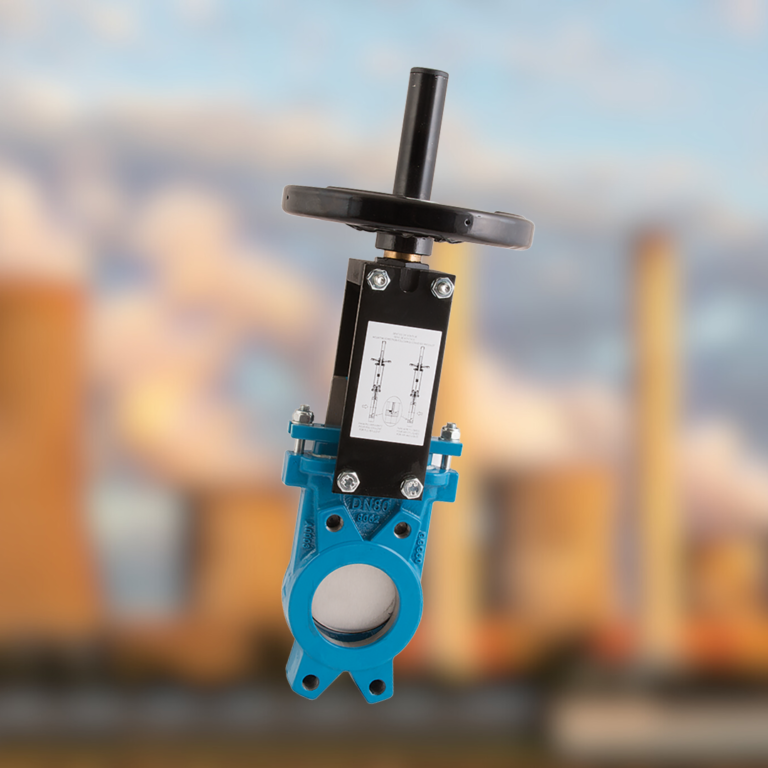How Knife Gate Valves Work
Have you ever wondered how materials like slurry, powders, and other thick fluids are transported through pipelines without clogging or causing damage to the system? The answer lies in knife gate valves, a crucial component in many industrial applications.
How Does a Knife Gate Valve Work?
When the valve is in the closed position, the gate or blade completely blocks the flow of fluid. When the valve is in the open position, the gate or blade moves out of the way, allowing the fluid to flow through the valve. This can be operated manually or via the use of a pneumatic or electric actuator.
The Function of a Knife Gate Valve
Its main function is to provide a tight shut-off that is able to cut through thick fluids, slurries, and solids that may be present in the flow.
The valve is designed with a sharp-edged gate that slides in and out of the valve body. When the gate is in the closed position, it creates a seal that prevents any fluid from passing through the valve. When the gate is in the open position, it allows the fluid to flow through the valve.
Why Use a Knife Gate Valve?
The unique design of a knife gate valve allows for a tight seal and prevents any leakage, making it ideal for use in applications where there may be abrasive or viscous material.
One of the key benefits of using a knife gate valve is its ability to be completely shut off, which is essential in applications where safety is a concern.
Another advantage of using this valve is its low maintenance requirement and long service life.

Types of Knife Gate Valves
Knife gate valves come in a variety of types to meet specific needs and applications.
One type is the wafer knife gate valve, which is commonly used in low-pressure applications and is designed to fit between flanges.
Another type is the lug knife gate valve, which has threaded inserts on the flange bolt holes to allow for easy installation and removal.
A third type is the flanged knife gate valve, which has a raised face flange for bolt-on connection to pipelines. A fourth type is the slide gate valve, which is used for dry bulk material handling and has a sliding plate that opens and closes to control the flow of material.
Knife Gate Valves Vs Gate Valves
One of the main advantages of a knife gate valve is its ability to handle thicker and heavier materials. The flat gate design of a traditional gate valve can become clogged or damaged when trying to process these materials. The knife gate valve, on the other hand, utilizes a sharpened blade to easily cut through and manage thicker materials.
In addition, knife gate valves are designed for tight shut-off, meaning they can completely seal off the flow of materials. This is important in applications where leakage or spillage can be dangerous or costly. Knife gate valves also have a smaller footprint, making them ideal for installations where space is limited.
Overall, the knife gate valve is a more efficient and reliable option for applications involving thicker materials, tight shut-off requirements, and limited space. Choosing the right valve can make a significant impact on the performance and safety of your operations.
Conclusion
In conclusion, knife gate valves may seem like a small component in a larger system, but they play a crucial role in ensuring the efficient and safe flow of materials. Understanding how they work can help you make informed decisions about your valve selection and maintenance. So the next time you see a knife gate valve in action, you’ll know just how important it is!
Want to know more? Check out our article on uni-directional or bi-directional knife gate valves: What’s the difference?
